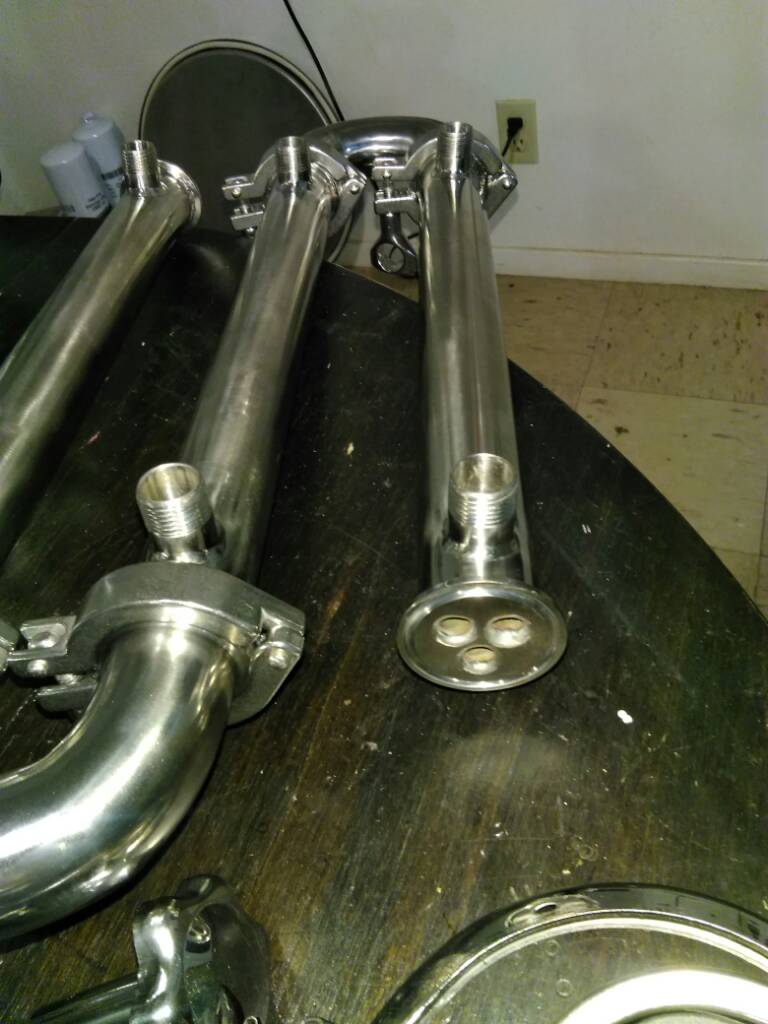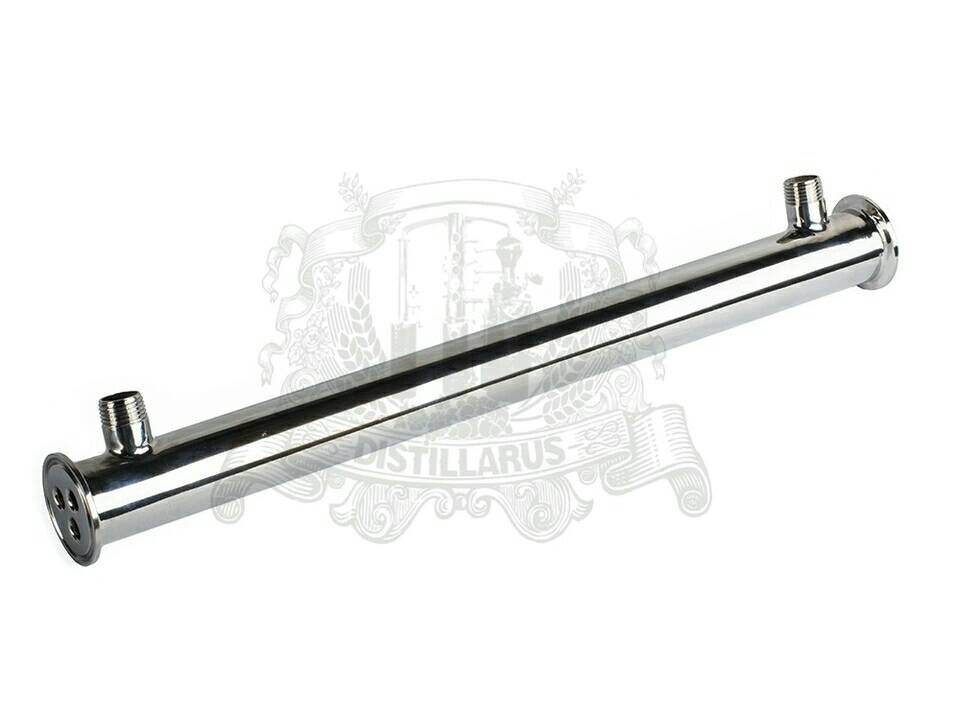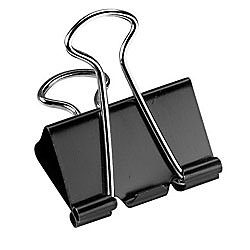MintonHVAC
Well-Known Member
- Joined
- Jan 31, 2018
- Messages
- 84
- Reaction score
- 50
The heat source is a single 8.5kw ULD 240vac 304ss heating element.Single or dual element?

The heat source is a single 8.5kw ULD 240vac 304ss heating element.Single or dual element?
I should have been more clear. I was asking about your RTD sensor.The heat source is a single 8.5kw ULD 240vac 304ss heating element.
In the complete system there are three RTD's, each RTD is a single element resistive temperature detector.I should have been more clear. I was asking about your RTD sensor.
For redundancy I use dual element thermocouples, just in case.
Can you share a link or picture with your dual element thermocouple?I should have been more clear. I was asking about your RTD sensor.
For redundancy I use dual element thermocouples, just in case.
I agree its easily detected but without a spare you are screwed. With a dual element sensor I just move the connector over.Due to the nature of the RTD signal register in the PLC if there is a problem it is easily detectable.
I will take a picture.Can you share a link or picture with your dual element thermocouple?
Is this also k type?
Awesome thank youI agree its easily detected but without a spare you are screwed. With a dual element sensor I just move the connector over.
I will take a picture.
In all fairness this system isn't designed to make the best beer in the world...I bet my eBIAB makes better beer. Hahaha...
Dual element thermocouple with single and double connector.Can you share a link or picture with your dual element thermocouple?
The double element thermocouples I purchased in 1995 from Omega Engineering and are available as k, J etc.Is this also k type?
Not quite as it is not capable of time travel, yet.
This is the final wiring and design of the inside.
Also the heat exchanger.
Plate Heat exchangers have plugged up in the past and not easily cleaned.
We use a shell and Tube style heat exchanger that has proven to be very effective.
There's also the beginning pictures of the waste/ spent grain management system.View attachment 555929View attachment 555930View attachment 555931
The shell and Tube heat exchanger was sourced from various companies.I was wondering where you sourced your parts for the heat exchanger and if it’s not to much trouble a list of parts and some more pictures. I would like to build something similar , it would be so much easier to clean and it would solve the clogging issues with my plate chiller.
Thanks

You can pick up each shell and Tube heat exchanger for under 50 bucks
Let me see if I can find something.Where did you find that deal?
Yes many people have mentioned this, I understand it takes the art out of brewing beer. The project was not designed to have an artistic side to it. The purpose of the project is to brew really good beer and figure out exactly why. I want to know what 1 degree or 1 minute longer does to a beer.
If humans were good at this type of thing we wouldn't have computers and drive our cars for us. Now sure that is completely off topic but the point is relevant. I want to create real recipes with real facts backing them. This entire project its open source and any data collected from the project will be released to the public. The only bit of information that cannot be released is the actual PLC program. I have created the manual controls page for testing but the automated process is being contracted out and has cost upwards of $15,000.
The program's going to be protected and the plc's in the production run will be write only. For warranty purposes.
If one wishes to not have a warranty anymore or their warranty period is up we would be more than happy to send them a copy of the program. That has no read or write attributes and they will be able to do whatever they would like with it.
One of the nice things about the PLC we are utilizing is the option to create an oem package on a USB drive.
The end-user simply turns off the system plugs the USB drive into the PLC and turns the system on.
This updates the current program without the need of a computer.
The PLC never loses its program and is stored in flash memory. The battery on the PLC is only for the real time clock.
Theory of operation actual design and information on products used is completely up for grabs.
If anyone has any questions on the system feel free to ask.
That would be an amazing price point unfortunately the sensors used on the system cost more than that.The art of brewing is captured in recipe formulation. A mechanically repeatable system is a must for your target market. I’m assuming your targeting pilot systems for smaller brew pubs and start up breweries. Large breweries will just get a 5 bbl system as a pilot system. My hunch is you should be shooting for a price point between 15k-20k.
Good luck
1,5" (OD50.5) Stainless steel 304 condenser 350mm.Where did you find that deal?

Fair enough! LolBeautiful! My thoughts:
So, the vision is, that I can design my recipe, have my minions fill the silos w/ grain, hit "run", and I soon have wort. I can load the hops myself, thank you very much.
I am not sure how much value the biodigester adds. Not sure what the solution to spent grains really is, maybe just put them into a tub. (My biodigesters are my neighbor's chickens.) Also, it seems like a biodigester adds limits to how often you can brew.
Also, and I saw previous comments, a great addition would be incorporating a RO system. Not everyone has great water, and that is one thing that really seems to matter. Just a way to add mineral additions to mash, sparge, or skip-them-all into the mash. If I want to use it, I can measure out my own minerals.
Does it have a way to add several smaller grain additions, besides from the silos? That would be necessary.
Best of luck. That looks to be a sweet, sweet, overengineered in a good way, system. No way I am paying a new SUV for it, but I am not your target customer.
Why ?It’s a trouble shooting nightmare.
Currently the project has cost $72,000.
The original budget for the project with $75,000.

Yes, yes and yes.Two problems not yet mentioned are.
The monkey wrench is your grains are always subtle different sometimes not so subtle. So exactly repeating results are not easy ore even possible. The maintenance of this is huge, way past the majority of brewers. It’s a trouble shooting nightmare.
LOL, love the reply but all jokes aside I do appreciate your input.Ok, I was selling my house anyway (sure we were planning to buy another one, but maybe we just find a place to rent with a really understanding landlord who would let me install this), and my wife just got a better paying job. We don't really need both cars. Does my son really need a college fund? Speaking of him, you know, I could start charging him rent, maybe get a loan based on what I could charge him over the next 17 years... plus those late fees I'll charge him will really add up, as he is unlikely to get a job for at least the next 13 years...
For real, though, it sure is fancy. If you hadn't told me how much you had spent I would've guessed more. Well, no, I really have no idea how much this stuff costs, so I wouldn't have guessed at all. I was just trying to say that it looks awesome.
1,5" (OD50.5) Stainless steel 304 condenser 350mm.
http://s.aliexpress.com/UNNzUVfU
This appears to be and identical heat exchanger to what I used for $50 exactly with free shipping.
Doesn't get much better than that!
I placed an order for two of these to check the quality and I'll let you know what I find.View attachment 559231
Not the same thing, but you could use pool heat exchangers. I had good results with one, two in series would be even better.
https://www.homebrewtalk.com/forum/index.php?threads/574257/

Because not everyone is technologically advanced.Why ?
Yes pretty much all these systems will be custom made to order and the particular stainless steel vessel that we use is a 14 gauge pharmaceutical shipping drum that can be purchased up words of 75 gallons and as small as 3 gallons.
They are definitely the thickest and the most heaviest seamless process drum I have found.
The flowmeter meters a precise amount within about half an ounce in 5 gallons accuracy.
I think we failed with our design if too much knowledge is required.Because not everyone is technologically advanced.
Failures are inherent in all designs regardless of their complexity or cost.Yes. Failures.
http://www.skolnik.com/seamless_process_drumsWhere did you source the stainless drums and what flow meter are you using?
Thanks again!
So I did order one of these condensers from the link provided and it is of pretty decent quality. The 3/8 tubing inside the shell could use a little bit of cleaning and the welds are fairly decent. I probably wouldn't use this on the cold side of things but on the hot side it should work pretty well. Overall these heat exchangers are equivalent to the ones I used and you can't really beat the actual cost.1,5" (OD50.5) Stainless steel 304 condenser 350mm.
http://s.aliexpress.com/UNNzUVfU
This appears to be and identical heat exchanger to what I used for $50 exactly with free shipping.
Doesn't get much better than that!
I placed an order for two of these to check the quality and I'll let you know what I find.View attachment 559231
Don't stop. I never stop or listen to others with my projects.But that never stopped me from trying.
You can get magnetic flow meters from Automation Direct.what flow meter are you using?
Thanks again!
The shell and Tube heat exchanger was sourced from various companies.
And yes it will not plug up which is really nice.
There are three parts to the shell and Tube heat exchanger.
The 15 in shell and Tube shotgun style heat exchanger. X10
180 degree elbows. X10
1 foot whip. X10
The 180 degree elbows were custom-made to save space.
The shell and Tube heat exchanger is a vertical condenser. These are used a lot in manufacturing of hard alcohol. You can pick up each shell and Tube heat exchanger for under 50 bucks and I used 10 Heat exchangers to get the proper heat transfer coefficient.
The showing tube heat exchangers are interconnected with flexible stainless steel braided tubing on the glycol side.
We are also running glycol at 15 degrees Fahrenheit.
View attachment 558863





Enter your email address to join: